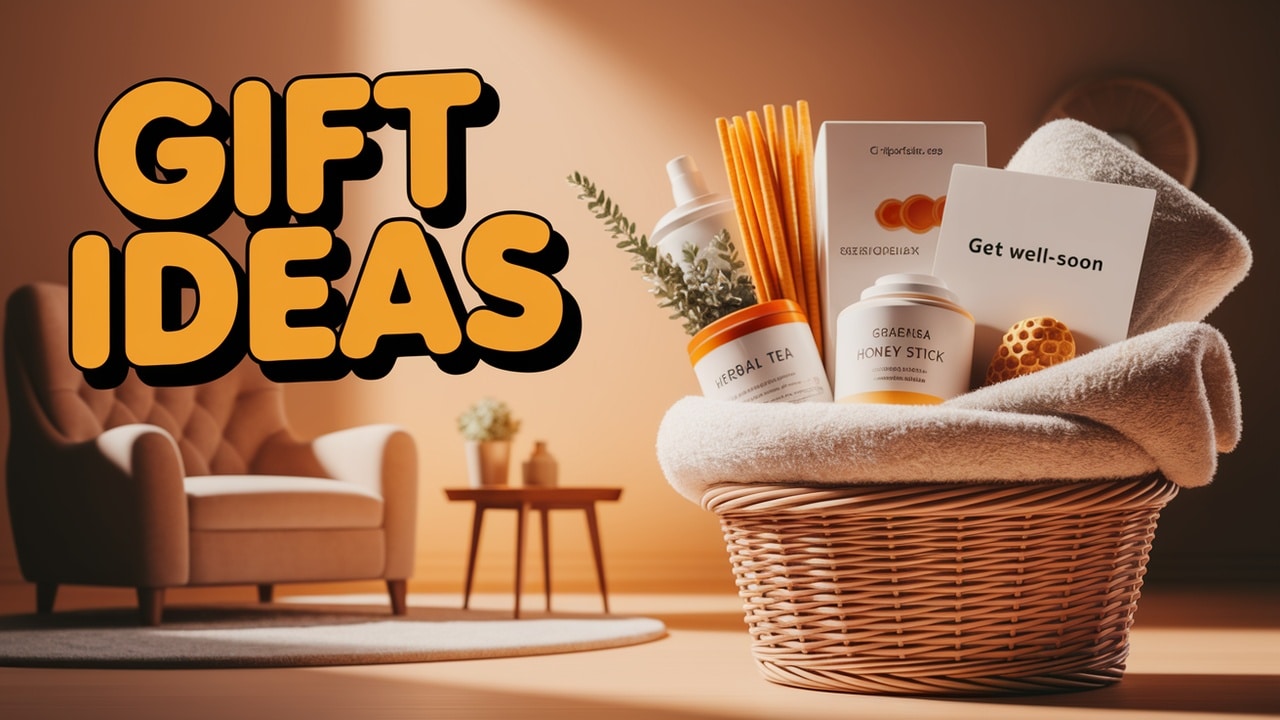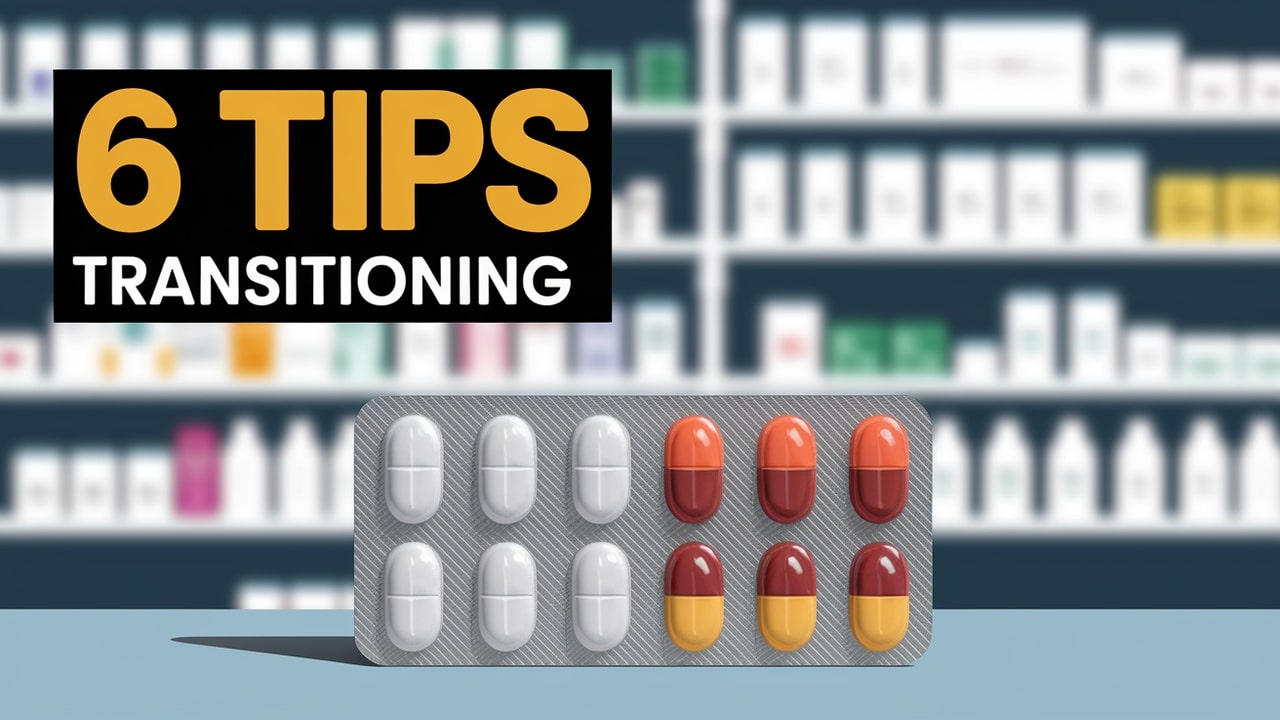
How to Protect Your Houseplants When Moving House
Table of Contents
Here’s how to protect plants when moving
You’ve invested so much time and effort to make your plants grow and look as fresh as possible, and now it’s time to move. And this is one of the most stressful things you can do to your green, leafy friends. Changing the environment is as stressful for plants as humans, so you need to pay closer attention to them when relocating. Even though most people would advise you to give your plants away before moving and start growing fresh ones in your new home – it’s hard to give up on the effort you’ve spent making them flourish. That’s why we want to help you to protect your houseplants when moving house and make the transition as seamless as possible.
Avoid harsh temperature changes
One of the most important things to save your plants is to ensure they stay at a favorable temperature throughout this journey. This is why you need to think about the ideal temperature and weather conditions your plants are used to in your current home and try to keep those conditions until they arrive at the new home. So, if you’re traveling during a heat wave or winter, make sure the temperature in your car is optimal for traveling with plants. For winter relocations, adding extra protection to the boxes is helpful for keeping the temperatures as needed – you can use towels or blankets to wrap the pots or boxes.
Don’t water the plants right before you go
Plants need water to survive, but they won’t mind a couple of days without it – especially if you’re not traveling during summer. That’s why it’s best to water your plants a day or two before the big day. This way, the excess moisture will leave the pot and don’t make a mess in your car and damage the boxes. Furthermore, the boxes and pots will not be too heavy, making handling and carrying much easier.
Remove any dead leaves and unwanted friends
It’s important to make your plants as clean and healthy as possible to survive this relocation. This means you should remove any dead leaves and branches, and consider pruning your bigger plants. Furthermore, don’t forget to deal with pests on time. Packed together, it’s easier for insects and parasites to spread on all your plants during the trip.
Pack decorative pots separately
If your plants are placed in decorative ceramic or terracotta pots, it’s best to remove the pots and leave plants in the plastic ones. This way, you can adequately pack fragile pots, so they don’t break when traveling. Don’t forget to treat your pots the same way you would treat any other fragile items in your homes, such as glasses, cups, and plates. This is particularly important if you’re traveling long-distance – make sure you have everything you need to pack all the delicate items well to minimize the damage as much as possible.
Remember: if you use pesticides to treat your plants, don’t forget to dispose of the leftover properly before you move. Most of the moving companies won’t move such chemicals, so it’s best to leave those behind.
Pack the plants
Ideally, each plant should have its own box, but you can pack smaller plants together to save space. However, be sure to protect them with some packing peanuts and scrunched paper, so they move as little as possible when traveling. When it comes to large plants, it can happen that you don’t find a suitable box for them. In this case, protect your houseplants when moving house by wrapping them gently into horticultural fleece or an old bedsheet, or even some large paper. This is an important step if you want to prevent branches and leaves from breaking along the way.
When placing a plant in a box, ensure the bottom is secure and won’t move when traveling. Place some packing paper around it, so the pot can’t move around the box at all.
Finally, Pro Movers Miami advises you to label the boxes well. This will make unpacking and sorting out a lot easier. Also, you won’t mistake them for another box and get them loaded onto the moving truck by accident. Apart from boxes with plants, be sure to label all the other boxes, too, and make the unpacking a lot safer and simpler.
Control the temperature in your car
Don’t forget that you have delicate traveling buddies, so be sure to adjust the temperature in the car. Control it at all times, as any harsh temperature changes can damage your plants.
Adjusting to the new environment
Just like us, plants also need some time to heal and adapt to the new space. Firstly, make sure you unpack as soon as possible, and carefully remove pots from the boxes. It’s best to remove the plants from the bottom, so you don’t damage branches and leaves.
Next, choose the right place for the plants in your new home. It’s best to pick a quiet place with moderate light – somewhere your plants can be stable until they acclimate. The place should also be away from doors, where they can experience temperature changes when hot or cold air comes inside. However, if some of the plants you have to thrive in darker spots, be sure to move them away from windows and direct sunlight. Also, avoid moving them a lot around the house at first, as this is one of the most critical moments.
Sometimes, no matter how well you protect your houseplants when moving house, they are at risk of suffering a great shock. It’s okay for your plants to take some time to heal and recover – you can help by nurturing them properly. Check if any soil spilt so you can add some more to the pot, remove any broken leaves and branches, and water the plants if a couple of days passed after you watered them the last time.
Be patient
If your plants turn a bit yellow, or some leaves go down, don’t discard the plant just yet. Be patient and give them a bit of time to recover. We hope these tips will help you protect your houseplants when moving house and give a cozy feeling to your new home.









